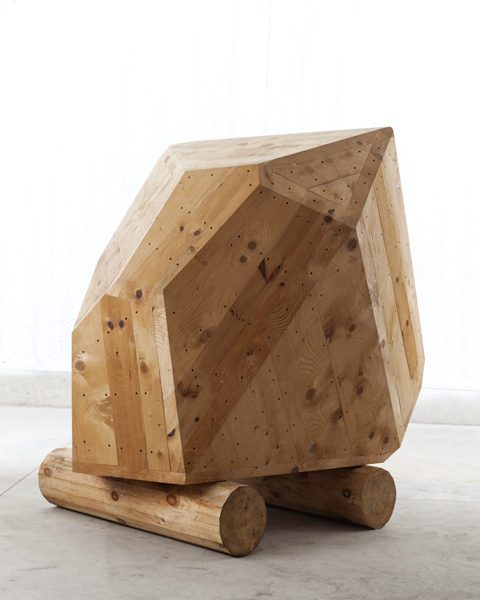Worship
April 1 - May 21, 2016
HALES GALLERY
Tea Building
7 Bethnal Green Road
London, UK
From halesgallery.com:
Hales Gallery is pleased to announce Worship, a solo exhibition of new works by Thomas J Price. This will be the artist's third solo exhibition with the gallery.
Price's work across media, encompassing sculpture, film and photography, is engaged with issues of representation and perception, in society and in art. Since 2005, he has been creating figurative sculptures which function as psychological portraits of his imagined subjects– usually male, usually black – whose features are in fact an amalgamation of sources: observed individuals, 'types' represented in the media, and ancient, classical and neo-classical sculptures. Whether full-length bodies or depicted from the neck up, scaled down or up, sculpted or filmed, Price's figures invite the viewer into their minds and into an appreciation of their formal beauty, thereby confronting conventional cultural associations, assumptions and archetypes.
In Worship, Price continues his exploration of a new mythology in which the ancient Greek, Roman and Egyptian traditions of monumental sculpture are deployed in the depiction of the twenty-first century social subject. In an exciting departure from his previous use of cast Bronze, for this exhibition Price has created three large cast aluminium heads raised to eye-level on marble columns. They immediately announce themselves as archetypal objects of worship in a modern age, fashioned from the same fabric as MacBooks, coke cans, cars and planes – a whole array of thoroughly untraditional and un-museumlike objects. Yet, in their emotional depth and arresting monumentality these anonymous portraits assert the value of the depicted subject, powerfully subverting traditional social and aesthetic hierarchies.
In these new sculptures, as well as across Price's work, the artist's careful attention to the minutiae of physical appearance and presentation invites the viewer to become more aware of the subconscious processes by which we recognise, interpret and respond to other people, all the while fashioning our own social identities via outward presentation. Moving between the large sculpted heads in this exhibition, there is a sense of familiarity or recognition, while the physical differences between subjects are rarely overt, mostly limited to external features such as facial hair or a less tangible projected attitude. We are led to wonder whether the individual's 'true' identity really exists, amidst or beneath the layers of our own culturally formed perception and their carefully, reverentially constructed outward presentation.
In this exhibition, Price's deconstruction of the object of worship that is our social image is developed further in a multi-screen film installation entitled From the Ground Up, which turns from imagined sculptural portraits to an unconventional filmed portrait of the artist himself– although only his forearms and hands are visible as he polishes, scrubs and ties up the laces of a series of his own trainers and formal leather shoes, framed by a plain white background. The emphasis this film places on the seemingly mundane ritual of cleaning shoes transforms the artist's own footwear into another contemporary object of worship deserving of meticulous attention and care, the modern equivalent to the traditional artistic 'attribute' (an object conventionally associated with a particular figure from classical mythology or Christian hagiography): the social signifier. However, in From the Ground Up, this multi-faceted self-portrait directs the viewer's attention to the conscious, careful processes through which the artist constructs and presents various versions of himself through social signification. The familiar adage that you can 'tell a man by his shoes' is invoked, but also provocatively brought into question.
The new works in this exhibition represent an important development in Price's ongoing explorations of the politics of identity, as he turns to new subjects, materials and modes of display while continuing to surprise and absorb his viewers.










